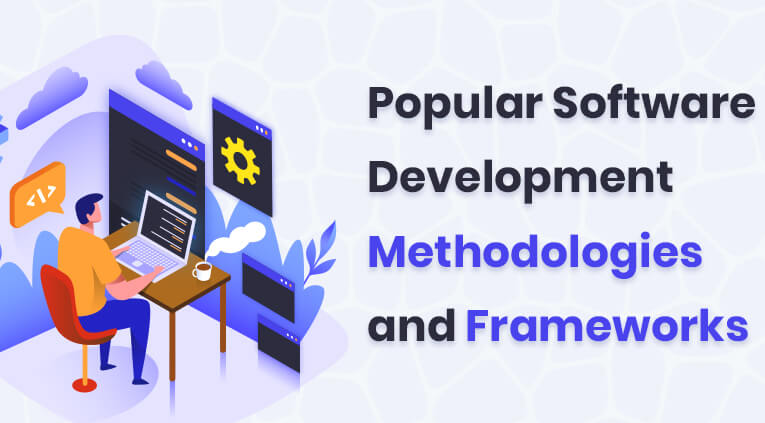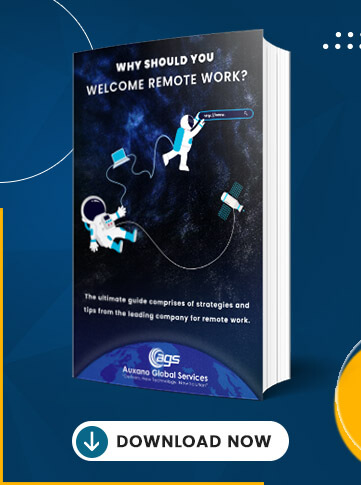How much does it cost to build a SaaS app? This is one of the hottest and most bugging questions in 2024. Today, SaaS products can be found everywhere, and their popularity is only expected to grow. This is primarily because of the fact that more and more organizations are shifting their business model from manual to software-based processes.
Entrepreneurs and SaaS product owners, aware of this opportunity, are releasing a wide array of SaaS solutions in the technology market. Consequently, it has become more important than ever before to determine the SaaS development cost for such products.
In this blog, we have provided a complete cost breakdown of SaaS development. Read this blog carefully to understand the development costs of engineering a SaaS solution from scratch and the factors that contribute to these costs. Let’s start this blog by discussing the popularity of SaaS in the global market.
Global SaaS Market at a Glance
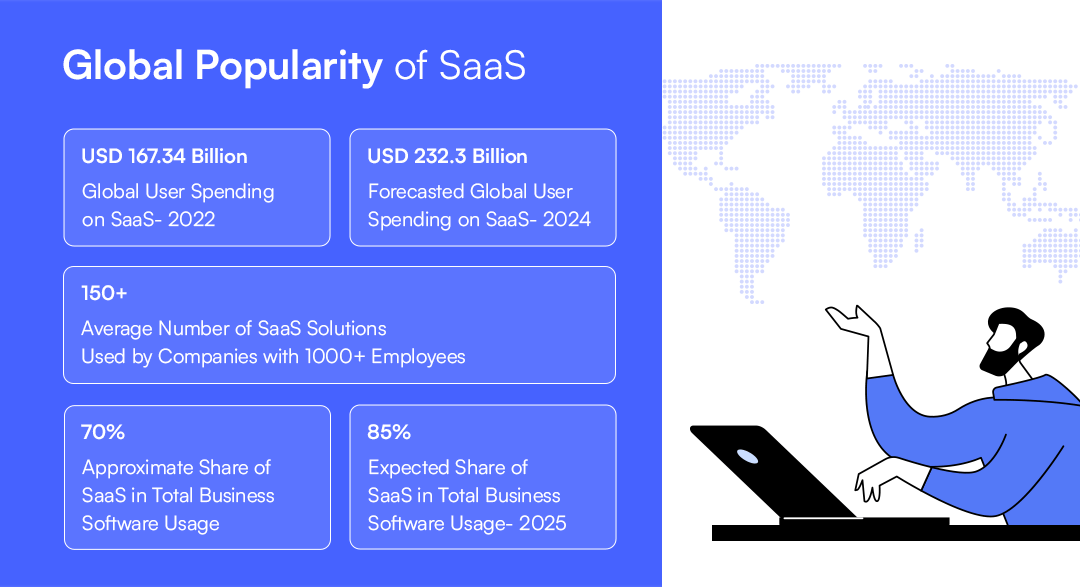
Software-as-a-Service (SaaS) is a popular digital enablement trend among businesses. These solutions enable organizations to implement a software architecture and shift to cloud-based processes without making a significant investment in custom-developing a software. Let’s take a look at some facts and figures on the popularity of SaaS-based solutions to clearly determine their scope.
- The global user spending on SaaS-based solutions reached USD 167.34 billion in 2022, proving the concept’s great market demand. This figure is expected to reach USD 232.3 billion by the end of 2024.
- Organizations and companies with a team size of over 1000 employees use approximately 150+ SaaS products. Companies with a team size of 50 employees, on the other hand, use an average of 16 SaaS products.
- SaaS-based solutions contribute to as much as 70% of the total software use of business organizations. This contribution of SaaS products is expected to reach 85% by 2025.
- Adobe Inc. is the largest SaaS solution provider across the globe as of 2022. The company has a market capitalization value of USD 243 billion.
These were a few statistics and facts on the popularity of SaaS products. Now that you are clear on the basics of SaaS, it is time to discuss SaaS development costs in detail. This will be our topic for the coming section.
How Much Does SaaS Development Cost?
When it comes to the cost of developing a SaaS product, there are various factors to keep in mind. This is because there is no single figure that can justify the cost of building all types of SaaS products. Nevertheless, if you are looking for estimates, we can tell you that the average cost of developing a SaaS solution can range from USD 10,000 to USD 250,000.
Again, there are numerous subjective factors that can influence this cost. Some of these factors are:
- Product’s complexity
- Targeted industry
- Complexity of SaaS development phases
- And the type of development team.
In the end, your product’s development cost can be higher or lower than the range mentioned earlier. Therefore, it is important to understand each of these factors to know its impact on SaaS application development cost. By the end of the blog, you will be able to calculate the approximate software development cost for your SaaS product.
Without further ado, let’s start with the first factor, which is the complexity of the SaaS product that you intend to develop.
Cost of SaaS Development Based on Product’s Complexity
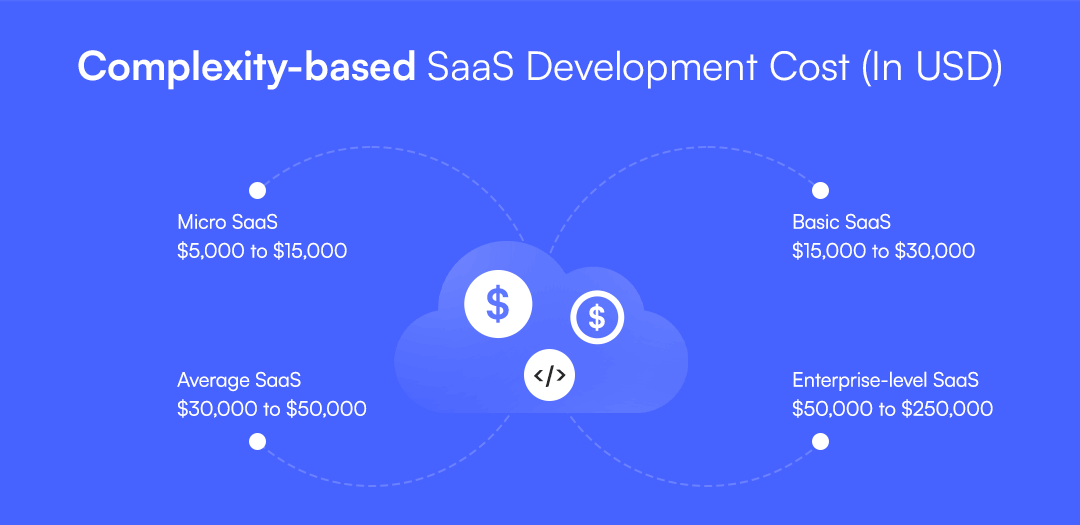
Based on the type and nature of the SaaS product that you wish to develop, your final solution can be of varying complexities. This complexity is determined by factors like:
- Software’s functionalities
- External integrations
- System architecture
- Modules and other components
This complexity can largely impact the overall SaaS design and development cost. Simply put, the more complex your software’s architecture is, the more it will cost to develop. Generally speaking, your SaaS solution will either be of micro, basic, average, or enterprise-level complexity. Let’s understand more about the SaaS product’s complexities and its impact on the final SaaS development cost.
1. Micro SaaS
Micro SaaS is a small-scale SaaS solution managed by an individual or a small group of people. These types of SaaS products are completely functional but usually focus on a particular service or a niche. As a result, micro SaaS products usually have limited operations.
Owing to this limited scope of use and operations, these types of SaaS products have some of the lowest development costs. Talking in numbers, the average SaaS solution cost for a micro-scale product can range from USD 5,000 to USD 15,000. However, do note that there are micro SaaS products with high-end technology integration that focus on a particular service. Of course, the cost of such software will be more than this range.
2. Basic SaaS
Basic-level SaaS products are the most low-functional type of SaaS products. These SaaS products, while having more features than micro SaaS products, lack architecture complexity. This is because the features in these types of SaaS products are relatively less complicated and do not involve any high-end integrations.
Also known as SaaS MVP, it is obvious that a basic SaaS product is usually a low-cost product. As a matter of fact, depending on the type of features, some basic SaaS solutions may cost even less than micro SaaS products. Nevertheless, the SaaS MVP development cost starts from USD 15,000 and usually goes as high as USD 30,000.
3. Average SaaS
Average-level SaaS solutions are usually developed for small to medium-scale organizations. These solutions contain more functionalities than basic SaaS products but are still easy to use. Of course, the exact scope and type of features depend on your project’s scope and target market’s requirements. Regardless of this, the cost of a custom SaaS solution of this level ranges from USD 30,000 to USD 50,000.
4. Enterprise-level SaaS
Enterprise-level SaaS products are multifunctional software with complex system architecture. These types of SaaS products are commonly used by large-scale organizations, like MNCs, with complex software requirements.
An enterprise-level SaaS product usually contains multiple modules with varying features and functionalities. Of course, the SaaS product development cost for such software is the highest. Speaking in numbers, enterprise SaaS development costs range from USD 50,000 to USD 250,000.
This was it for the SaaS cost breakdown for software of different complexities. As mentioned earlier, the complexity level of your SaaS product will depend on the industry you wish to target. After all, different industries have varying technology demands. Therefore, let’s discuss the cost breakdown for SaaS solutions in different industries.
SaaS Development Cost for Different Industries
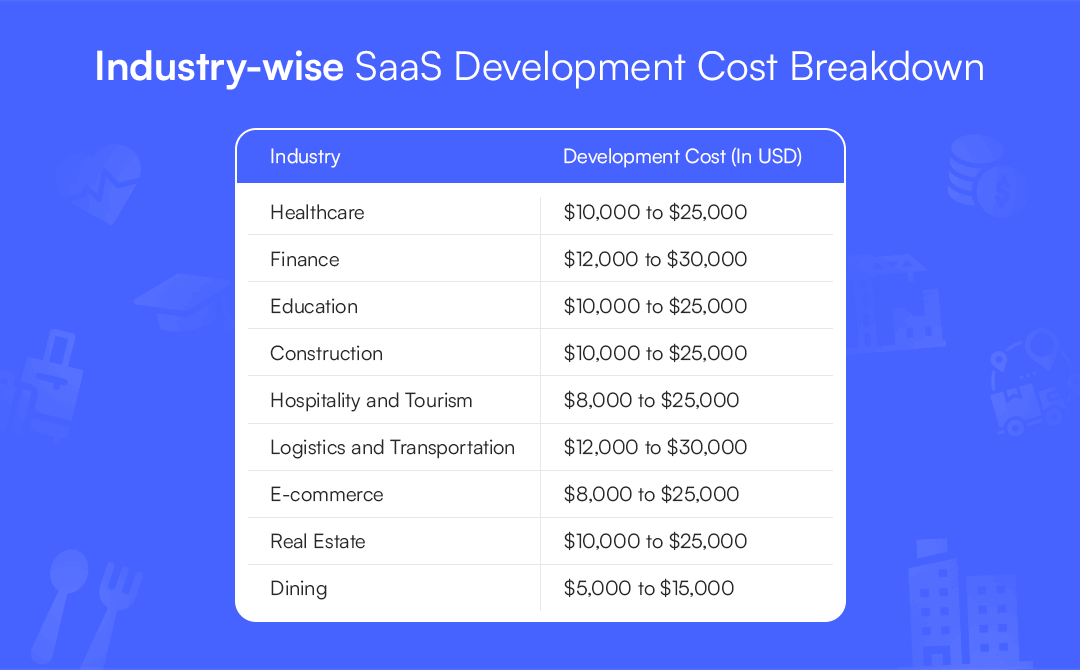
Software implementation has become the key to success in the present-day business scenario. This fact is applicable to all businesses, regardless of the industry they are operating in. Today, you can use a software for a wide array of applications and business processes. Let’s go into the specifications of this statement and find out the use and cost of SaaS application development in different industries.
1. Healthcare
Healthcare is a rapidly growing industry at present. This is due to the growing recognition of a healthy lifestyle and a tremendously rising demand for healthcare services. The healthcare industry also leverages software solutions on a day-to-day basis.
Be it a simple, hospital-level appointment management solution or a country-level patient record management system, SaaS is widely used in the healthcare industry. The cost of SaaS solutions for the healthcare industry can range from USD 10,000 to USD 25,000.

2. Finance
The present-day finance industry demands out-and-out preciseness and top-notch accuracy. Achieving these goals requires using next-gen technologies like finance management software. The finance industry is fully aware of this fact and has been using finance-based SaaS solutions for a long time.
These software are useful for a variety of finance-related services like automating transactions, streamlining bookkeeping, managing deals and offers, and more. The cost of SaaS app development for a finance system can range from USD 12,000 to USD 30,000.
3. Education
The propelling demand for EdTech solutions has led to more and more educational institutions like schools and universities adopting technology. One of the most popular ways of adopting EdTech is using SaaS-based EdTech solutions. These solutions are used for a variety of purposes, from offering educative content to maintaining student performance records and beyond. The cost of building a SaaS application for EdTech ranges from USD 10,000 to USD 25,000.
4. Construction
It is a commonly known fact that managing construction projects is a tedious task. A lot goes into the process, making manual construction management a problem for many construction businesses. However, by using SaaS-based construction project management solutions, you can easily introduce automation and foster mobility for construction management.
The use of SaaS construction solutions can be as simple as project management and as high-end as worker safety management and site control. The SaaS development cost for construction businesses can range from USD 10,000 to USD 25,000.
5. Hospitality and Tourism
The hospitality and tourism industry is booming at present. Today, people travel for a number of reasons, like leisure, healthcare, business, cultural exploration, and more. Naturally, hotels and hospitality institutions are under more pressure than ever before to deliver a consistently superior travel experience. This involves using high-end technologies like IoT, AI, and, most importantly, software.
The scope of SaaS in the hospitality and tourism industry is significant. Hotels, travel agents, airline brands, and other pillars of the H&T industry use SaaS solutions for a number of operations. This can range from property management SaaS to travel booking software and more. The cost to build a SaaS solution for this industry usually ranges from USD 8,000 to USD 25,000.
6. Logistics and Transportation
The concept of logistics management software is not new. With that being said, it is commonly understood that the present-day logistics and transportation industry is heavily software-driven. Today, logistics businesses use software for numerous purposes. Some of these uses are vehicle management, shipment tracking, vendor management, etc.
Here, it is worth noting that most logistics and transportation businesses prefer using SaaS solutions over custom-developing software for their requirements. Therefore, if you are planning to target this particular industry with your SaaS product, let us tell you that this can be a great idea. Nevertheless, the cost of SaaS for the logistics industry can range from USD 12,000 to USD 30,000.
7. Other Industries
Apart from the industries mentioned above, there are numerous other use cases of SaaS products in other industries. Of course, it is not possible to provide information on the use of SaaS in each and every industry. However, to put it briefly, some other industries that can use SaaS products are:
- E-commerce
- Real Estate
- Dining, and more.
Each of these industries uses SaaS products differently. As a result, the average SaaS development cost highly varies with each industry’s requirement. However, one thing that remains the same is the process of building a SaaS product.
Each step of this process holds some share in the final cost of creating a SaaS solution. Therefore, let’s take a look at this SaaS development process and understand how each step contributes to the cost.
Process-wise SaaS Development Cost Breakdown
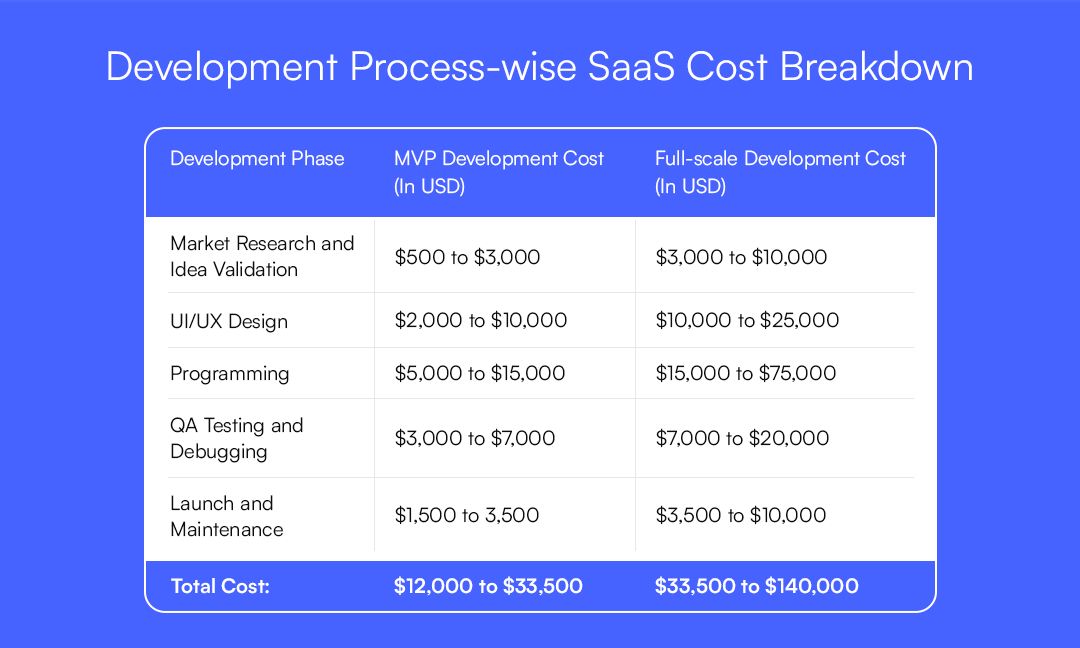
Just like any other technology, SaaS products also have an engineering process. This process runs through various stages of the SDLC. Having over 8 years of experience as a SaaS development company, we can tell you that it is important to know about these stages.
Doing so will not only help you get an idea of the cost breakdown for SaaS products but will enable you to ensure that your product is rightly developed. Moving further, we will understand each of these steps in detail and understand their share in the final project costs.
1. Market Research and Idea Validation
Market research and idea validation are the founding steps of building a SaaS product. It is through this market research that you, as a SaaS company, can establish a vision for your product. Here, a team of business analysts conduct market research and gather information on the product. This information is then converted into a requirement document that states the SaaS product’s technical specifications.
Many businesses tend to overlook or skip this step to control SaaS costs. However, this is the most important step of the overall software engineering process. Neglecting the importance of this stage will result in creating a faulty SaaS engineering strategy. Of course, a weak foundation can disrupt the overall development process and even hinder the product’s success. The SaaS development costs for market research range from USD 500 to USD 10,000.
2. UI/UX Design
Conducting the market research will help you get an idea of what you want. Once you are clear on this point, you can go ahead and give your idea a visual form and shape. This stage is known as UI/UX design. While UI/UX design is a process in itself, its end goal is to streamline the user journey and provide the engineers with a visual guide for software requirements.
Let us tell you that the process of SaaS UI/UX design is different from that of regular software’s UI/UX design. Most SaaS products run on cloud computing technology and work with the subscription model. You need to keep these factors in mind while designing your SaaS product for optimal success.
This stage usually contributes anywhere from USD 2,000 to USD 25,000 to the overall SaaS development cost.
3. Programming
Once you have the design ready for your SaaS idea, you can go ahead with the development process and start coding your product. The exact technologies you will need to code your SaaS solution will depend on the scope and nature of your SaaS product. Here, the features and modules that you planned in the earlier stages of the development process are converted into functioning programs.
Nevertheless, this is an important stage of the overall SaaS development process and has the biggest contribution to the total cost of SaaS software development. It can cost anywhere from USD 5,000 to USD 75,000 to code your SaaS product’s modules and features. However, this cost highly varies depending on numerous business-related and developer-related factors.
4. QA Testing and Debugging
Once you have coded the program for your SaaS product, you can go ahead and test it for bugs, security threats, crashes, and errors. QA testing is an important stage of the overall SaaS engineering process. This is because, with thorough testing and debugging, you can improve the quality of the final SaaS product. Of course, the better the quality of your product, the more value it will hold.
Therefore, we recommend that you thoroughly test your product before actually releasing it into the market. You can use testing automation tools to check for security bugs, performance, functionalities, coding errors, and more. The SaaS development costs for QA testing can range from USD 3,000 to USD 20,000.
Do note that you can reduce this time and cost requirement for QA testing by following an agile development approach. In this approach, the programs are developed and tested simultaneously in chunks. This way, you can reduce testing time, control costs, and speed up the product launch.
5. Launch and Continuous Maintenance
Once your SaaS program is coded, tested, and debugged, you can go ahead and launch it in the market. This step also involves marketing your product to grow its awareness and ensure it reaches the right SaaS users.
Moreover, the process of SaaS engineering does not end at the product’s launch. It is important to ensure that your SaaS product keeps delivering value and remains relevant to the market’s shifting needs. For this purpose, you must undertake continuous maintenance and upgradation of your solution.
This step involves frequently conducting market research, improving the SaaS product’s UI, adding new features, working on bugs, etc. Being a continuous process, there is no fixed way to determine the cost of SaaS maintenance. However, we can tell you that the share of maintenance costs in the total SaaS development cost can range from USD 1,500 to USD 10,000.
This was the standard process of engineering a SaaS solution from scratch. Regardless of the type of SaaS product that you want to develop, this process will remain the same.
With that being said, a lot related to the SaaS costs also depends on the type of development team working on the SaaS project. While each type of team follows the same process as mentioned above, the final cost to create a SaaS product can highly vary depending on who is developing the product.
In the coming section, we will take a look at different types of SaaS development teams and their impact on the Software-as-a-Service development cost.
Cost of SaaS Development Based on the Type of Development Team
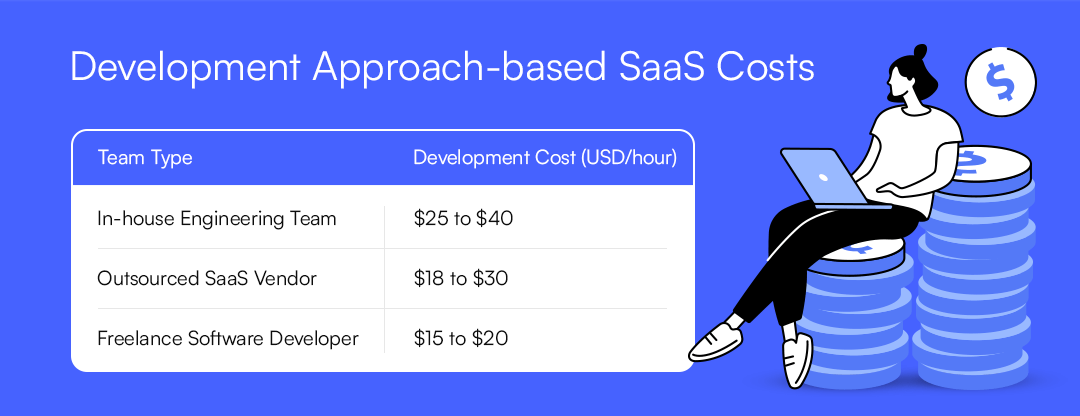
There are numerous ways to develop a SaaS product. Based on the type of team working on the SaaS project, you can either go with self-development, hire in-house engineers, outsource SaaS development to an agency, or even work with freelance developers. In this section, we will be discussing each of these approaches in detail. Doing so will help us find the most optimal and cost-efficient approach to creating SaaS solutions.
1. DIY Development
Also known as self-development, DIY development is an approach where the SaaS product’s owner undertakes the entire development process by themself. This approach is especially popular for developing micro and basic-level SaaS solutions. Since these types of SaaS products require minimal functionalities, it is possible to develop them single-handedly.
Usually speaking, the cost of DIY development is pretty low. In most cases, you will have to pay only to the cloud computing service providers to use their platform for hosting your SaaS solution. The most common choices here are AWS, Microsoft Azure, Google Cloud, and Alibaba Cloud.
You can self-develop a SaaS product with the cloud service provider of your choice and leverage this approach’s low-cost benefit. As a result, there is no single SaaS development cost for DIY development.
However, as mentioned before, this approach is not ideal for SaaS solutions that require complex features and high-end functionalities. In the end, if you decide to grow your product, you may require additional resources and talent. Being aware of this fact, most businesses prefer starting with a readily established in-house engineering team, which is our second approach.
2. In-house Engineering Team
Ever since the advent of technology and IT engineering, the most commonly adopted approach among businesses to build an IT product has been hiring in-house engineers. Custom SaaS development is no exception in this matter. Today, many SaaS product owners prefer having an in-house team of SaaS engineers to build their software.
Here, you have to hire a complete product engineering team, including product managers, business analysts, UI/UX designers, software programmers, QA testers, etc. This team will use its expertise to build a SaaS product for your organization. In-house SaaS engineering is known for optimal product quality, as the engineering team works dedicatedly on your product.
However, it is also important to take the cost-efficiency of this approach into consideration. The cost to build a SaaS solution with this approach is usually high. You can hire in-house engineers at USD 25/hour to USD 40/hour. The reason for these skyrocketing figures is that hiring an in-house engineering team comes with numerous costs.
This includes administration costs, infrastructure costs, and hiring costs, among others. In the end, all these costs add to the SaaS product’s final cost. Taking this factor into account, most businesses prefer outsourcing their projects.
3. Outsourced SaaS Vendor
SaaS development outsourcing balances the benefits of in-house development with the cost-efficiency and feasibility of IT outsourcing. Here, you have to choose a SaaS development company offering outsourced SaaS development services. These vendors, with their team of software engineers, can deliver a high-quality SaaS solution for your project.
This way, you can leverage the benefits of in-house engineers without actually hiring any. Moreover, the outsourcing approach is excellent in terms of product quality, commitment, cost-efficiency, and other parameters. The SaaS development cost for the outsourcing approach is usually the least. Most outsourcing vendors charge USD 18/hour to USD 30/hour for their services.
However, this figure varies depending on numerous factors. The most important factor here is the location of the outsourcing vendor. We recommend you choose vendors from countries like India, Indonesia, Russia, or Ukraine for the highest product quality and lowest development costs.
To add to that, if cost efficiency is your primary focus, you can also opt for the freelance development approach.

4. Freelance Software Developer
The IT workforce market is filled to the brim with freelance software engineers. These are individuals who are not associated with an organization and work in nuclear environments. Hiring such engineers to build your SaaS product can be a great idea in terms of cost efficiency.
Most freelancers charge for their services on an hourly basis. Therefore, the cost of your product will depend on the number of hours your SaaS product’s engineering will take. However, do note that freelance engineers are known to deliver low-quality work.
This is because most freelance software developers work on multiple projects at the same time and are focused on quantitative work instead of qualitative work. It is, therefore, not a good idea to choose this approach for building your SaaS product.
Nevertheless, the SaaS development charge for freelance engineers can range from USD 15/hour to USD 20/hour.
These were the most popular approaches to building SaaS applications, along with their impact on the cost of custom SaaS development. Most businesses struggle to determine which of these options is the best fit for their project requirements. Do you have the same question? If so, keep reading, as in the next section, we have provided a comparative overview of the 4 approaches discussed above.
Which Approach to Choose?
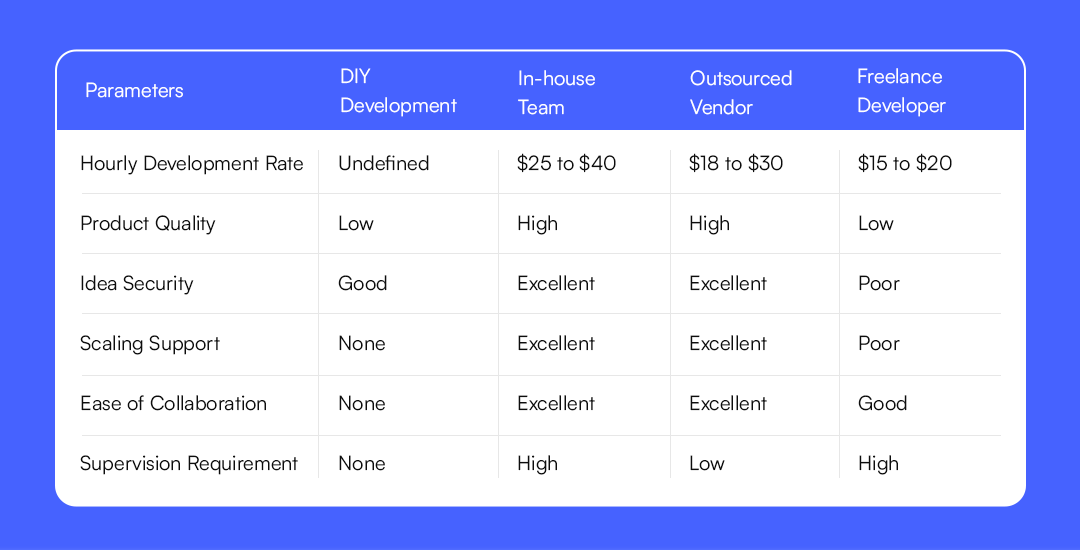
This comparison has made it clear that outsourcing your SaaS product’s development to an external vendor is the best possible choice. This often involves hiring SaaS development agencies to design and code the product from scratch.
Following this approach will help you significantly bring down the overall SaaS development costs. Not just that, you will also get a highly polished SaaS product that is ready to be launched in the market.
So far, we have covered all the major factors that can impact the final cost of SaaS software development. Do note that there are numerous subjective factors that can impact the SaaS development price. The coming section will shed light on these factors to help you understand them better.
Other Factors that Can Impact the SaaS Development Cost
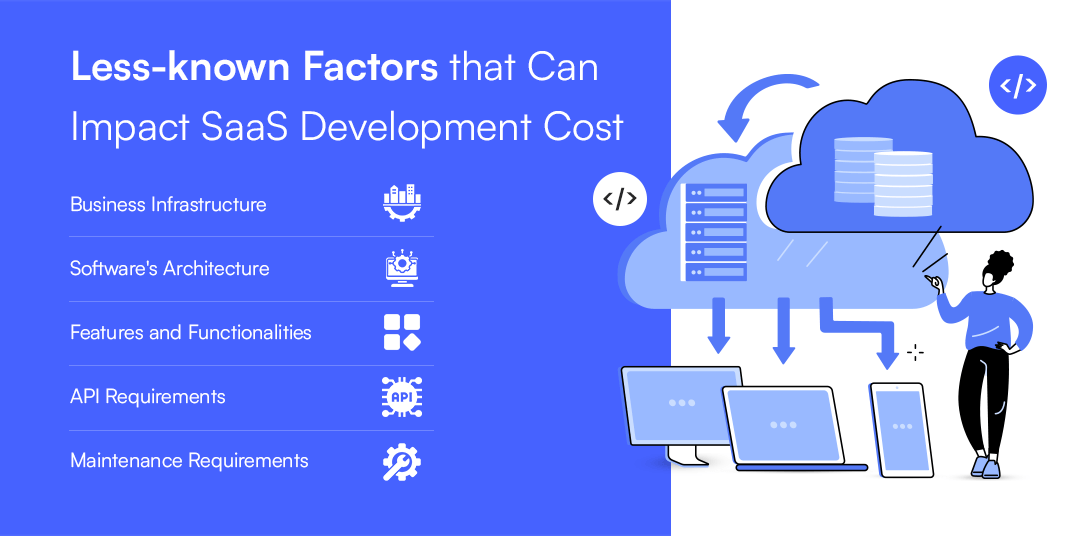
So far, we have answered the question ‘How much does SaaS cost?’ from multiple angles. In this section, we will be discussing some less-known factors that can influence the cost of SaaS application development. Doing so will help us get more clarity on the final SaaS design and development cost. Without further ado, let’s dive into these factors.
1. Business Infrastructure
The infrastructure of your business can largely impact the average cost of developing a SaaS solution. This infrastructure often includes the technical aspects of your SaaS product, the number of team members, and more.
This also involves the purpose of building the intended SaaS product and the desired outcomes. Numerous aspects of the final product will depend on the logic and infrastructure of your business, like:
- The technology stack used for development
- Product’s complexity
- Software’s architecture
- Integrations, and more
In the end, it is the business infrastructure, logic, and requirements that can largely change the shape and scope of your SaaS product and influence the overall SaaS solution cost.
2. Software’s Architecture
Previously, we discussed how software complexity can impact the scope and cost of the final product. This is another essential factor when it comes to product engineering costs. Having an optimal software architecture is important to succeed in the SaaS market. The better your software’s architecture will be, the more value it will hold among the users.
However, this architecture can significantly fluctuate the SaaS development costs. Simply put, the more complex your system’s architecture will be, the more the software engineer will have to work on programming it. Of course, the SaaS developer charges will increase due to this factor. This is because complex SaaS architectures take more time and effort to develop.
However, do note that while this factor can result in a high-cost SaaS product, this investment will be worth it in the long run. This is because high-end SaaS products will have more value and are likely to generate higher profits.
3. Features and Functionalities
The type of features that you wish to integrate will impact the system architecture complexity. However, a lot also depends on the number of features and functionalities. You can include a large number of features that are relatively easier to develop and have a low SaaS development cost.
These basic-level SaaS products have low development costs. The cost of developing a SaaS MVP usually attracts startups and entrepreneurs to invest in the SaaS market and build their own products. However, the better the quality and value of your features will be, the more uses it will attract.
Moreover, the type of features also impact the overall software UI. We, therefore, recommend you carefully select the features while building a SaaS product and think beyond the cost of SaaS app development.
4. API Requirements
APIs, or application programming interfaces, are highly useful tools for speeding up the software development process. These APIs act as read-to-integrate functionalities and can be used instead of custom-developing each and every function in the SaaS program. However, whether to custom-develop the entire back-end architecture of the software or use APIs is a choice that varies from one business to another.
Our advice? You can use APIs for basic-level features like tracking and payment processing and custom-develop high-end features. Nevertheless, the extent to which you will decide to use APIs will impact the cost of SaaS development.
The more APIs you use, the less time it will take to develop your app, and the lower your SaaS cost will be. However, it is essential that the programmers ensure optimal utilization and integration of these APIs to maintain optimal functionality. Not doing so can hinder your SaaS product’s performance, put its security at risk, and even degrade the product’s value.
5. Maintenance Requirements
Earlier, we discussed how maintenance and upgradation are ongoing costs when it comes to engineering a SaaS product. The exact contribution of software maintenance to the SaaS cost breakdown depends on numerous factors. This includes:
- Type of maintenance required
- Frequency of maintenance and upgradation
- The extent of software scaling, etc.
Moreover, with maintenance also comes the cost of SaaS implementation. This step involves releasing the latest SaaS version in the market, which can be an add-on investment.
However, maintenance and upgradation are important factors when it comes to SaaS. You must thoroughly consider this factor and ensure optimal cost control as well as product quality.
These were the top factors that can change the cost of SaaS development. We have reached the end of the blog. We hope that by now, you have all the information related to the cost of creating a SaaS solution.
SaaS Development Cost: Final Thoughts
SaaS products are popular among businesses in all industries as well as among entrepreneurs. These software solutions enable businesses to get ready-to-use software and leverage technology. As a result, more and more entrepreneurs are engineering SaaS solutions and are selling them to businesses that need them.
However, the software development cost associated with SaaS engineering is an important factor. This cost is made up of multiple factors that come together to make up the final SaaS development price. This blog provided detailed information on these factors and briefed their roles from the perspective of SaaS cost breakdown.
You can use this information to get an estimated project cost or even consult with an IT expert to get a precise quotation for your project.
Looking for Cost-effective SaaS Solutions?
Auxano Global Services is an award-winning SaaS development company offering cutting-edge SaaS solutions. Our SaaS design and development services are laser-focused on out-and-out cost efficiency, product quality, and client satisfaction.
Get in touch with us today if you are planning to build a SaaS product. You can email us your requirements at admin@auxanoglobalservices.com, and our team will get in touch with you with bespoke solutions within 48 hours.
Frequently Asked Questions on SaaS Development Costs
1. Can I go with white-label SaaS solutions to reduce the SaaS development cost?
Yes, you can go with a white-label SaaS product to save on the cost of developing a SaaS product. Here, you can get an unbranded SaaS from an external vendor. You can then brand and resell this product as a SaaS solution to your clients.
Whitelabel SaaS products are highly popular when it comes to controlling the cost of SaaS software development. However, this approach is not ideal for large-scale SaaS products. This is because such products require numerous custom-developed functionalities and features.
Moreover, upgrading a white-label SaaS product is almost impossible. This is because most whitelabel SaaS vendors only sell the product and not the source code. You are, therefore, left at the vendor’s discretion when it comes to adding new features and functions. As a result, we recommend going for custom SaaS development instead of purchasing white-label solutions.
2. What is the best way to control the cost of developing a SaaS product?
There are numerous ways through which you can bring down the cost of custom SaaS development. This includes:
- Going for MVP development
- Outsourcing your project to Indian SaaS developers
- Maximising API usage for SaaS engineering
- Leveraging process automation technology
- Following an agilistic development process
Adopting these approaches will enable you to reduce the cost of SaaS programming without impacting the final product’s quality.
3. How much does a SaaS developer charge?
An average SaaS app developer charges anywhere from USD 25/hour to USD 75/hour for their services. However, this rate highly varies depending on factors like the developer’s location, experience, technical skills, etc.
If you are looking to hire a SaaS developer for your project, we recommend that you do so through a software outsourcing company like Auxnao Global Services. We have a team of industry-best software engineers available for hire. Connect with us today and hire our software engineers at a stunning starting rate of USD 20/hour.
4. Are high SaaS development costs worth it in the long run?
While it is true that the SaaS development cost can be initially high, do note that this investment is certainly worth it in the long run. SaaS is a booming market with a high demand for quality software solutions. There is vast monetization scope in this stream, therefore ensuring continuous and repetitive revenue in the long run. As a result, investing in SaaS engineering is a great idea in the long term with exquisite ROI.




